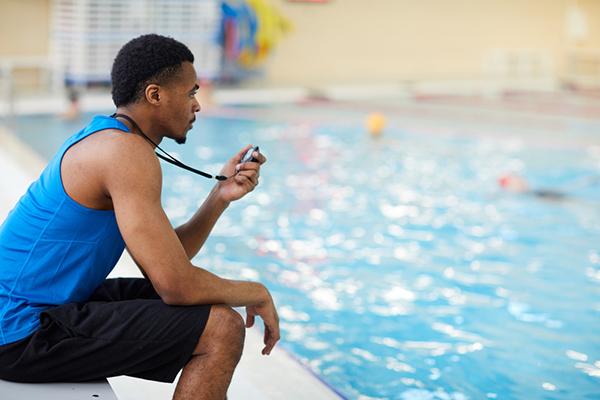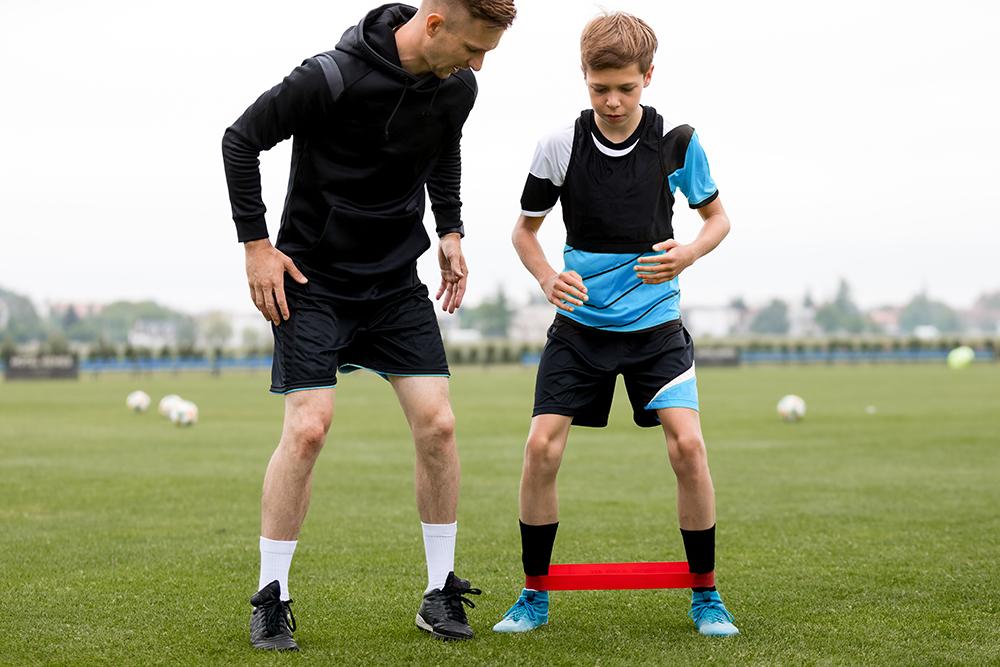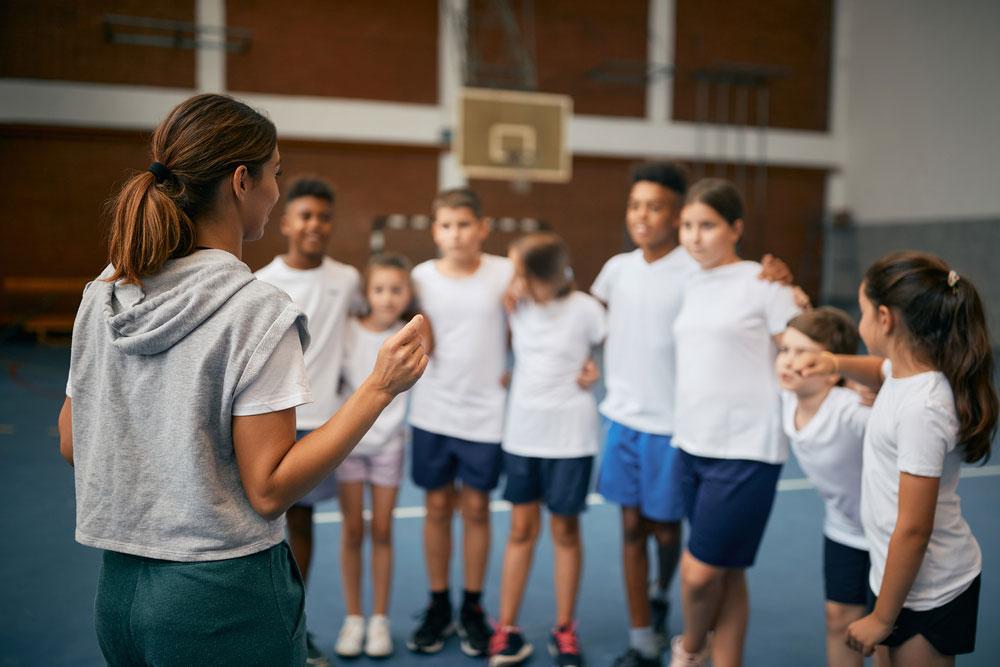 On a team, there are athletes who naturally gravitate towards leadership roles and require little support. But those athletes aren’t the only ones who can be team leaders, and a dedicated coach can help athletes hone previously dormant leadership skills.
On a team, there are athletes who naturally gravitate towards leadership roles and require little support. But those athletes aren’t the only ones who can be team leaders, and a dedicated coach can help athletes hone previously dormant leadership skills.
Here, TrueSport Expert Deborah Gilboa, MD, explains how to look at your team through a new lens: Seeing each athlete as capable of taking on leadership roles, and as individuals who may require different types of encouragement from you.
Leadership can look different to different athletes
It’s important to recognize that leadership is not an inherent trait: it’s a series of skills that can be honed. Similarly, there’s not just one type of leader. “We often have this picture, especially in sport, of what a leader looks like,” Gilboa says. “Most people will list characteristics like outgoing, assertive, talented, and communicative. But the truth is that not all leaders are like that, and we rob some kids of leadership opportunities because they don’t have those obvious characteristics. Some leaders have great insight and empathy, or the ability to listen and not to talk, or to delegate decision making.”
Differentiate your coaching and their leadership
 “Differentiating leadership means knowing your group and giving each athlete an opportunity to use the leadership characteristics that are natural to them,” Gilboa explains. “And it’s also about differentiating your approach to each athlete.” Some kids will respond well to tough love, others need quiet guidance, some need reassurance, and some need to be pushed a bit harder in order to perform.
“Differentiating leadership means knowing your group and giving each athlete an opportunity to use the leadership characteristics that are natural to them,” Gilboa explains. “And it’s also about differentiating your approach to each athlete.” Some kids will respond well to tough love, others need quiet guidance, some need reassurance, and some need to be pushed a bit harder in order to perform.
You need to let athletes lead
Because of the work required to manage a team and the needs of each player, you cannot be the only leader for your team. “There’s not enough of you to go around,” Gilboa says. “You’ll burn out trying to be the only leader.” However, especially at the start of a season, it can feel difficult to let go of leading and trust that your athletes can take over certain aspects. In fact, it can feel like more work as you set up team leaders who will run the team through warm up drills and cool-downs, or who will help to call plays and offer suggestions to other players. But fostering leaders in the group will pay off quickly—and save you time and energy through the season. Delegate as much as possible to leaders on the team as the season progresses. This is also great practice for them!
Get outside of your own beliefs
 Gilboa suggests making a list of all the different qualities that can be associated with being a leader. Later, look at the list and match the names of all the athletes to each quality: Some athletes might have more than one, but ensure that every athlete has at least one quality. This will help you hone in on how each athlete can improve their personal leadership qualities, and serve to remind you how different leadership can look.
Gilboa suggests making a list of all the different qualities that can be associated with being a leader. Later, look at the list and match the names of all the athletes to each quality: Some athletes might have more than one, but ensure that every athlete has at least one quality. This will help you hone in on how each athlete can improve their personal leadership qualities, and serve to remind you how different leadership can look.
Help kids see themselves as leaders
“Out loud, acknowledge what athletes do as leaders. Naming their leadership qualities makes a big difference, so tell an athlete, ‘Hey, I admire how you handled that situation on the court today,'” Gilboa says. For a shy athlete, being told that they are being a great leader can be a life-changing moment. Young athletes need to hear that from you because many possess some leadership quality, but don’t see it in themselves. Set a goal of telling each athlete one thing that you noticed each week.
Try different approaches
 While coaches shouldn’t show any signs of favoritism on the team, you may need to change up your own leadership style to reach different athletes. Some athletes may require more attention, while other athletes actually thrive with only occasional input from you, Gilboa explains. And remember that some athletes won’t respond well to being put on the spot, especially in leadership roles, but might be more suited to quiet leadership opportunities. Leading warm up drills may frighten some athletes, but those athletes may be well-suited to help organize their team’s tactics during a scrimmage.
While coaches shouldn’t show any signs of favoritism on the team, you may need to change up your own leadership style to reach different athletes. Some athletes may require more attention, while other athletes actually thrive with only occasional input from you, Gilboa explains. And remember that some athletes won’t respond well to being put on the spot, especially in leadership roles, but might be more suited to quiet leadership opportunities. Leading warm up drills may frighten some athletes, but those athletes may be well-suited to help organize their team’s tactics during a scrimmage.
Tell athletes what to expect
“One thing that will really help coaches is providing full transparency: Tell your team that throughout the year, athletes may notice that you’re spending more time with one person or another,” Gilboa says. “Let them know, ‘While you might think that another athlete is getting most of my attention, I give attention to who needs it in the moment. And each of you are going to need it at some point.'”
_______________________
Takeaway
With differentiated leadership, coaches can both honor young athletes’ natural leadership styles and effectively offer them support based on individual needs.



